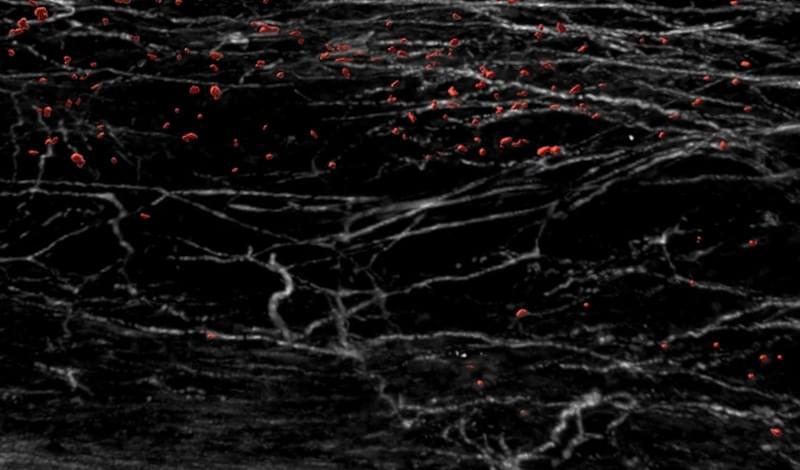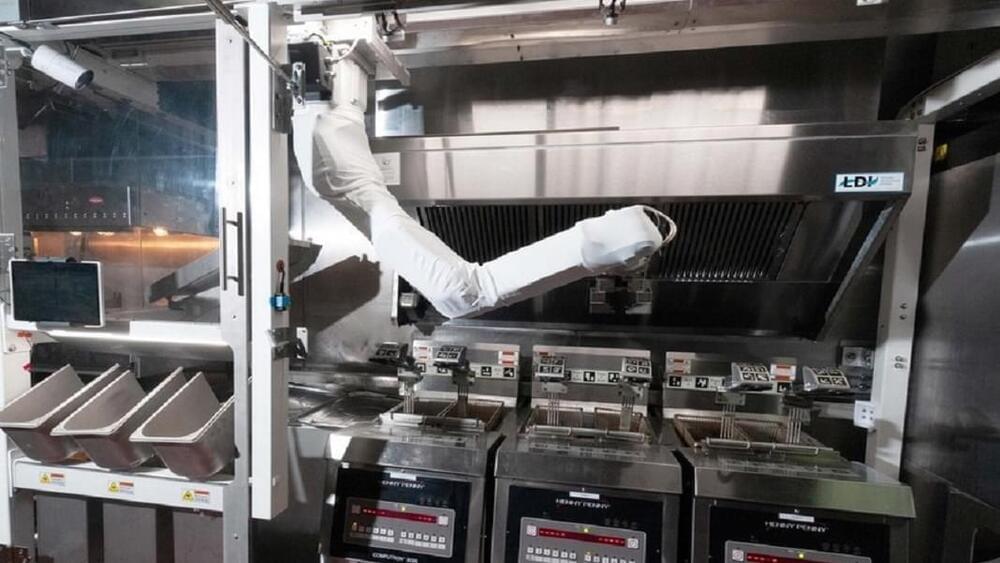Jeff Bezos’ space company Blue Origin has lost a lawsuit against NASA it filed over the agency’s decision to award a $2.9 billion contract to Elon Musk’s rocket company SpaceX to build a lunar lander to transport astronauts to the Moon, according to a federal court ruling Thursday.
The lucrative contract was given to SpaceX in April as part of NASA’s Artemis program that aims to fly the first woman and first person of color on the Moon by 2024. SpaceX was selected to develop… See more.
Federal judge Richard A. Hertling ruled in favor of SpaceX, concluding a sealed complaint Blue Origin filed in the U.S. Court of Federal Claims in August, and said a protective order to seal documents in the lawsuit would remain in effect.
The ruling comes amid a heated billionaire space race between Blue Origin, SpaceX and billionaire Richard Branson’s Virgin Galactic.
Blue Origin took legal action against NASA saying the agency was “unlawful and improper” in its evaluation of three proposals for the lunar lander contract, including ones from Dynetics and Blue Origin.






